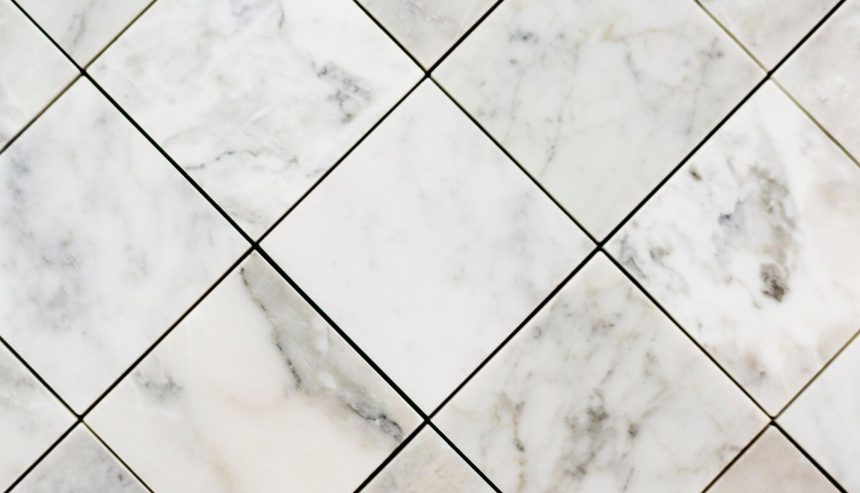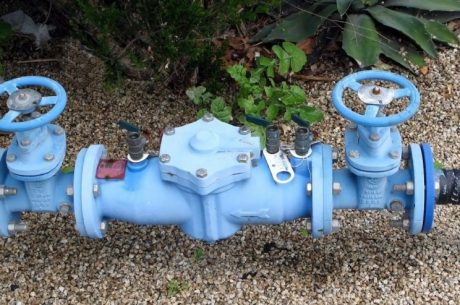Table of Contents
Tile floors are a popular choice for kitchens, bathrooms, and other high-moisture areas because of their durability and water-resistant properties. However, many homeowners assume that tile floors are completely immune to water damage tile floors issues—unfortunately, that’s not always the case. While tiles themselves are highly resistant to moisture, the materials beneath them (like grout and subflooring) can still suffer from prolonged exposure to water.
In this blog post, we’ll explore how water damage on tile floors can occur, the warning signs to look for, and the best ways to prevent long-term harm to your flooring.
How Can Water Damage Tile Floors?
At first glance, tile floors seem impervious to water. After all, ceramic and porcelain tiles are non-porous and don’t absorb moisture. However, water damage tile floors problems usually stem from the following factors:
1. Weak or Cracked Grout
Grout, the material that fills the gaps between tiles, is porous and can absorb water over time. If the grout is cracked or improperly sealed, moisture can seep through, leading to:
- Mold and mildew growth
- Staining and discoloration
- Loosening of tiles
2. Subfloor Damage
Beneath the tile lies the subfloor, typically made of wood, cement, or another structural material. If water penetrates through the grout or tile cracks, it can:
- Warp wooden subfloors
- Cause rot and structural weakening
- Promote mold growth underneath the tiles
3. Leaks and Standing Water
Even waterproof tiles can’t protect against persistent leaks or standing water. Common sources include:
- Plumbing leaks under the floor
- Spills that aren’t cleaned up promptly
- High humidity in bathrooms without proper ventilation
Signs of Water Damage Under Tile Floors
Detecting water damage tile floors early can save you from costly repairs. Watch for these warning signs:
✅ Loose or Hollow-Sounding Tiles – If tiles lift or sound hollow when tapped, water may have weakened the adhesive.
✅ Discolored or Stained Grout – Dark spots or mildew indicate moisture buildup.
✅ Musty Odors – A persistent damp smell suggests mold growth beneath the tiles.
✅ Cracked or Peeling Tiles – Excess moisture can cause tiles to crack or detach.
✅ Warped or Buckling Flooring – If the floor feels uneven, the subfloor may be damaged.
How to Prevent Water Damage to Tile Floors
Prevention is key to avoiding water damage tile floors issues. Follow these tips to keep your floors in top condition:
- Seal Grout Regularly
Apply a high-quality grout sealer every 1–2 years.
Use epoxy grout in high-moisture areas for better water resistance.
- Fix Leaks Immediately
Repair leaking pipes, faucets, or appliances as soon as possible.
Check under sinks and near water heaters for hidden leaks.
- Improve Ventilation
Use exhaust fans in bathrooms and kitchens to reduce humidity.
Open windows or use a dehumidifier in damp areas.
- Clean Spills Quickly
Wipe up standing water immediately to prevent seepage.
Avoid excessive mopping with large amounts of water.
- Inspect Tiles Periodically
Look for cracks, loose tiles, or grout damage.
Address minor issues before they worsen.
What to Do If You Suspect Water Damage Under Tiles
If you notice signs of water damage tile floors, take these steps:
- Identify the Source – Check for leaks, poor drainage, or ventilation issues.
- Remove Affected Tiles – Carefully lift damaged tiles to inspect the subfloor.
- Dry the Area Thoroughly – Use fans or dehumidifiers to prevent mold growth.
- Replace Damaged Materials – Install new underlayment, adhesive, and tiles if necessary.
- Consult a Professional – For severe damage, a flooring expert can ensure proper repairs.
Conclusion
While tile floors are highly water-resistant, they are not entirely immune to water damage tile floors problems. Grout, subflooring, and persistent moisture can all lead to costly damage if ignored. By sealing grout, fixing leaks promptly, and maintaining proper ventilation, you can protect your tile floors and extend their lifespan.
If you suspect water damage, act quickly to prevent further harm. With the right care, your tile floors can remain beautiful and functional for years to come!
Need Help with Water-Damaged on Tile Floors?
If your tile flooring shows signs of water damage, don’t wait—contact a water damage specialist today to assess and repair the issue before it worsens!
We’re ready to help you restore your home and peace of mind. Call us at (207) 531-1200 or visit our website to learn more about our services.




 PuroClean of Auburn
PuroClean of Auburn